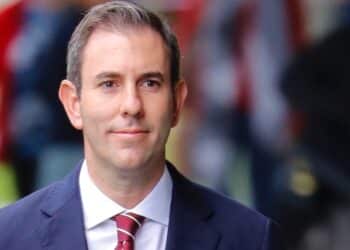Betashares chief executive Alex Vynokur told ifa that while many advisers were considering increasing client equity exposures in order to rebalance portfolios and take advantage of record low prices in blue-chip stocks, they could also consider selling out and buying back into the market for appropriate clients.
“There are some really good opportunities to add value on the tax management side of things, because if the investor has bought an ASX 200 exposure since 2013 and still holds it, you no longer have any capital gains because the market move has been quite strong,” Mr Vynokur said.
“That means there is an ability in some cases to crystallise capital losses to offset capital gains in the portfolios and help clients manage their tax a bit more effectively.”
Mr Vynokur added that for advisers who had been wanting to move their clients across to lower-fee Australian equity products, but did not want to risk a large CGT bill, now could also be an opportune time to do so.
“Our A200 ETF has benefited from a significant amount of buying from clients selling out of more expensive ETFs or actively managed funds,” he said.
“Previously a barrier to switching was CGT that people wanted to avoid, whereas now that has been taken out of the equation and that has helped advisers make that move.
“People knew there was an opportunity but because they were sitting on capital gains, advisers were hesitant to proceed with those transactions for tax reasons.
“Whereas for now the path has been cleared and there is a good opportunity to lock in some of those capital losses, or at least rebalance without triggering CGT, and allow clients access to lower cost and better-performing exposures.”
Mr Vynokur said though the bottom of the market could still be some months away, there was “every reason to be looking at a gradual increase in risk”.
“The bottom is going to be some time between now and the next three to six months, but if you start accumulating growth assets over time, that strategy will pay quite handsomely, and that is the reason we are seeing some of our clients starting to rebalance portfolios quite significantly,” he said.



